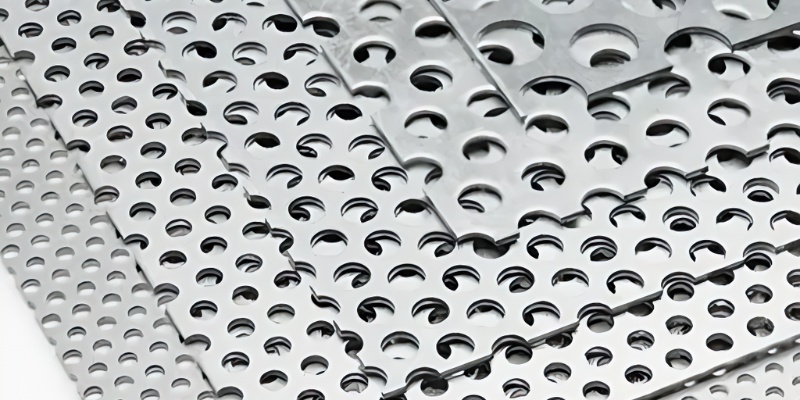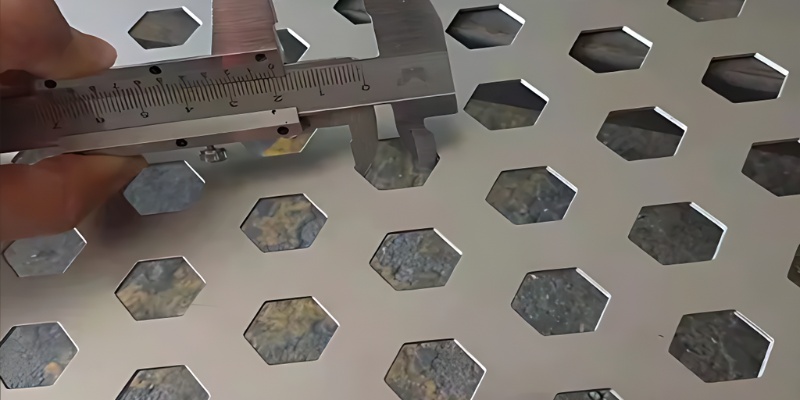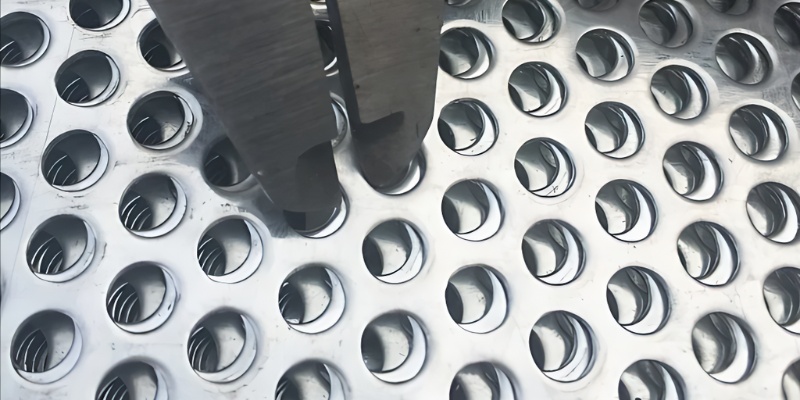7. Surface Treatment and Corrosion Resistance
Inadequate surface treatments reduce durability and market appeal.
Optimization Measures:
Treatment Selection: Choose methods like galvanizing or powder coating based on product needs.
Process Control: Maintain clean environments and strict quality checks at each stage.
8. Heat Treatment Deformation
Post-treatment thermal stress may warp sheets, affecting dimensions.
Optimization Measures:
Temperature Control: Regulate heating/cooling rates to minimize thermal stress.
Clamping Systems: Secure sheets during treatment to prevent distortion.
Integrated Management and Continuous Improvement
Addressing challenges like mold design, precision control, and surface treatment requires technological innovation, equipment upgrades, and rigorous quality management. Enterprises must:
Standardize Processes: From raw material selection to final inspection, ensure compliance with high standards.
Adopt Automation: Leverage advanced machinery (e.g., CNC, laser systems) for precision and efficiency.
Train Workforce: Enhance operator skills to reduce human error in critical stages.
Monitor Feedback: Continuously analyze customer needs and market trends to refine production strategies.
By integrating these measures, manufacturers can achieve dual improvements in quality and efficiency, delivering perforated sheets that meet stringent industry demands and enhance brand competitiveness.



